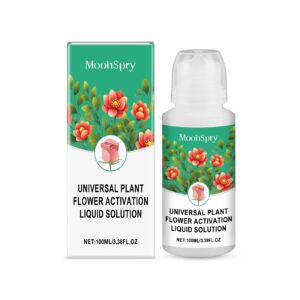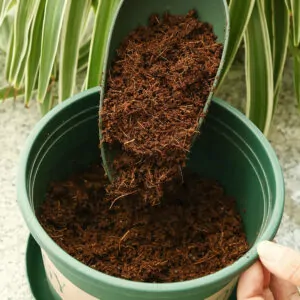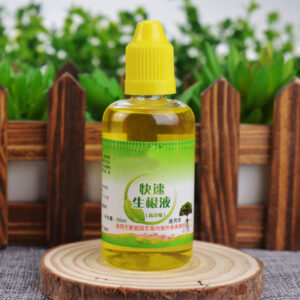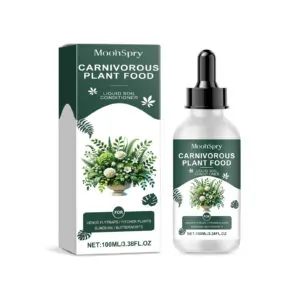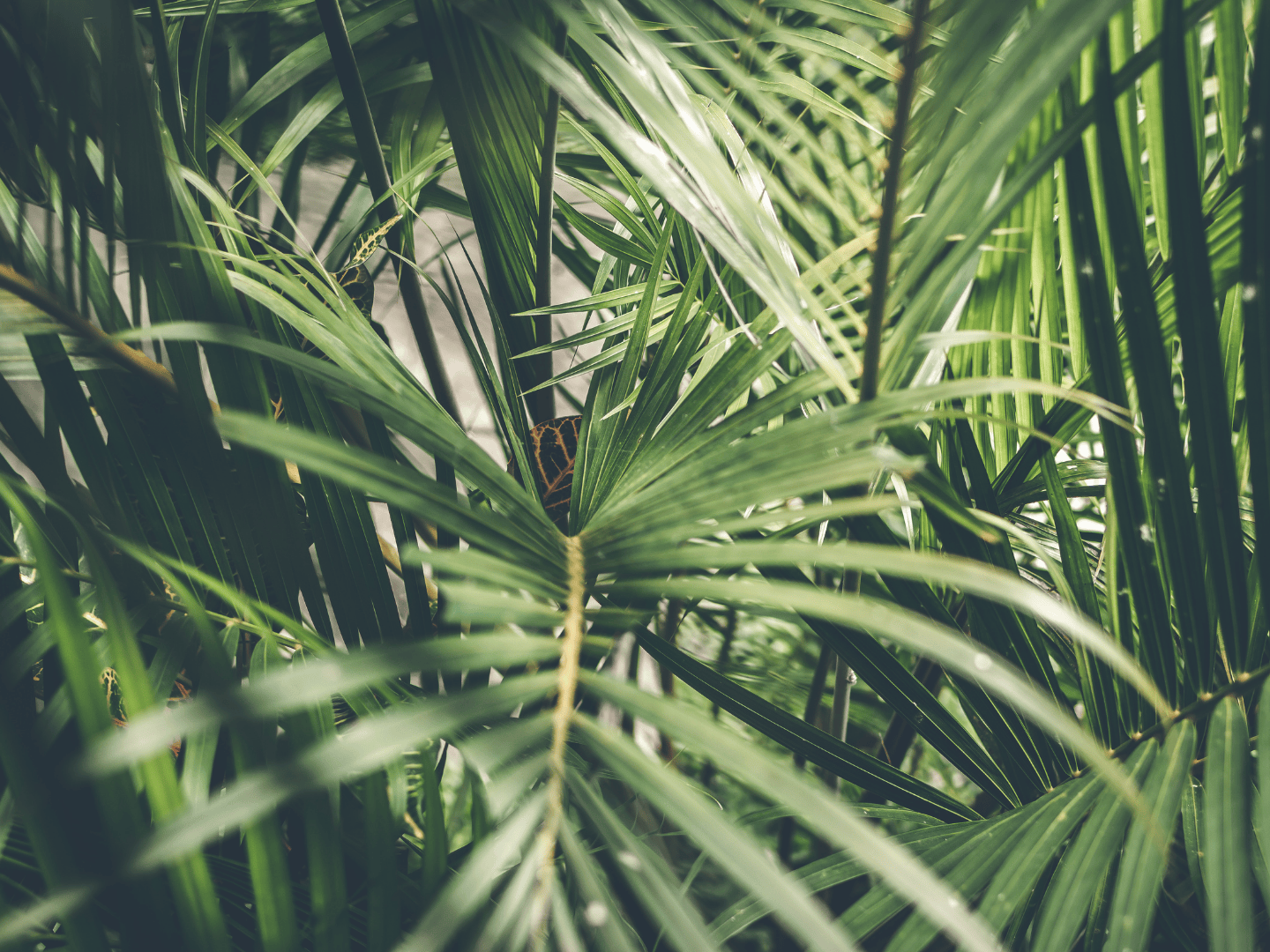Pothos plant, also known as Epipremnum aureum, is one of the most beloved and versatile indoor plants. With its heart-shaped, glossy green leaves and impressive adaptability, the pothos plant easily adds a touch of nature to any indoor space. It is often recommended to beginners due to its forgiving nature and striking appearance, making it a staple in many homes and offices.

Origin and Botanical Background
Native to the Solomon Islands in the South Pacific, the pothos plant thrives in tropical forests, climbing up trees and sprawling along the ground. It belongs to the Araceae family, sharing close relations with other famous houseplants like peace lilies and philodendrons. Pothos is often called by various names, including Devil’s Ivy, Golden Pothos, Ceylon Creeper, and Hunter’s Robe, showcasing its widespread popularity across cultures.
Climate and Growing Conditions
Being a tropical plant, pothos naturally prefers warm, humid environments. However, its resilience allows it to adapt remarkably well to standard indoor temperatures, ideally between 18°C and 24°C. Unlike many tropical plants, pothos does not demand constant humidity, making it incredibly forgiving and perfect for indoor cultivation.
Indoor Growth Habits and Decorative Appeal
Indoors, pothos often trails down from shelves, cabinets, and hanging baskets, creating beautiful cascading green displays. It can also be trained to climb trellises or moss poles for a more vertical effect. Although it can reach 10 meters or more in the wild, in indoor settings, pothos typically grows between 1.5 to 3 meters in length, depending on care and available space.
Its trailing vines and bright foliage brighten up interiors and provide a refreshing, natural feel. Varieties like Marble Queen, Neon Pothos, and Jade Pothos offer different colors and patterns, making it easy to find a type that suits any decor.
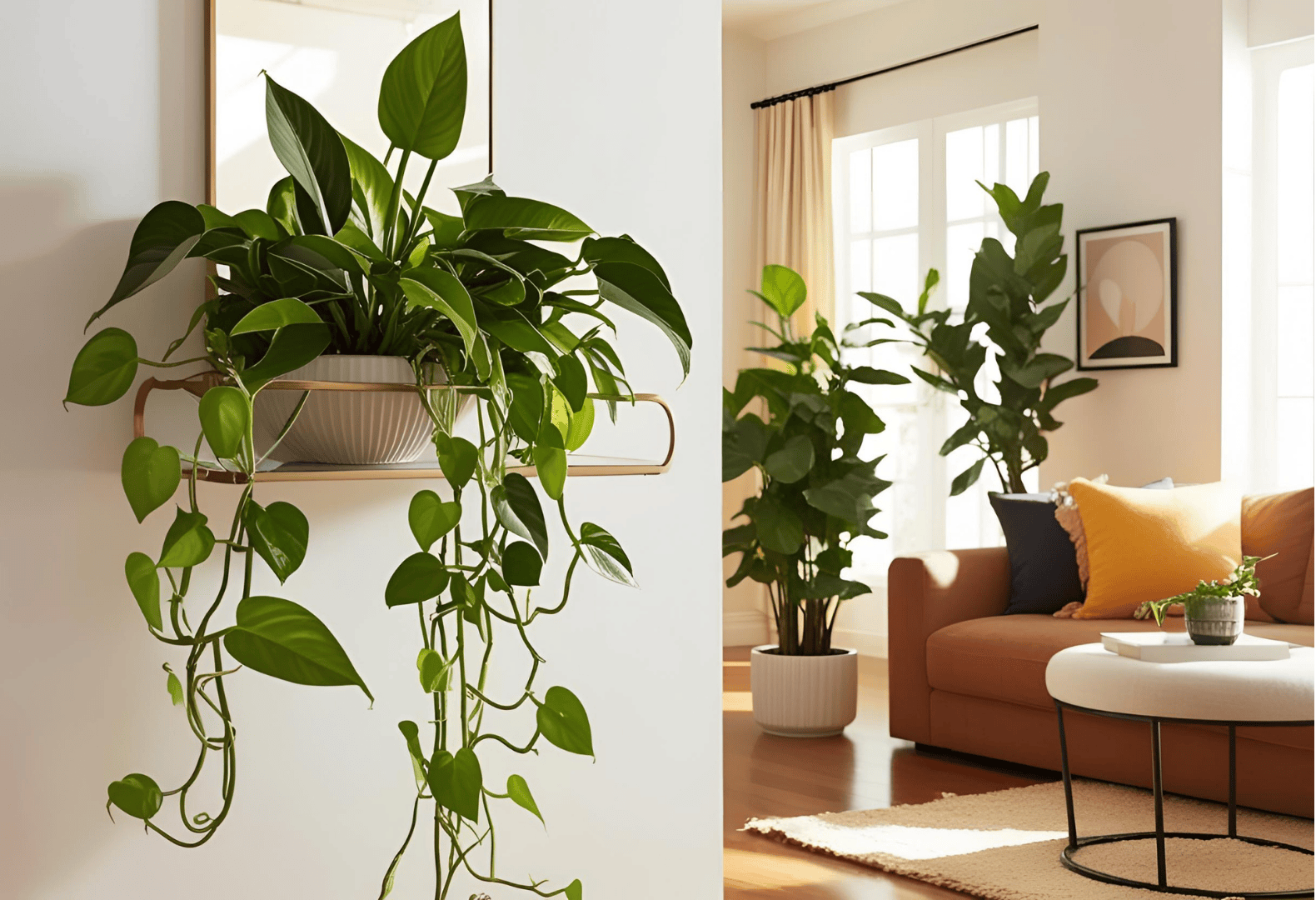
Growth Rate and Care Essentials
Pothos is renowned for its rapid growth. During the warmer spring and summer months, it can produce several centimeters of new vine every week. It thrives with minimal care—only needing occasional watering when the soil dries out and low to moderate light conditions.
Be cautious about overwatering, as pothos is susceptible to root rot. A well-draining potting mix is essential. Although it tolerates low light, brighter, indirect light encourages faster growth and more vibrant leaf colors.
- All Products
Universal Plant Flower Activator – 100ml Liquid Solution for Healthy and Vibrant Blooms
£18.75 Select options This product has multiple variants. The options may be chosen on the product page - All Products
Coconut Brick for Potting Mix – Desalted and Nutrient-Rich for Optimal Plant Growth, High-Quality
Price range: £24.99 through £69.99 Select options This product has multiple variants. The options may be chosen on the product page - All Products
Plant Nutrient Solution – Liquid Concentrate for Healthy and Fast Plant Growth
£14.08 Select options This product has multiple variants. The options may be chosen on the product page - All Products
Fast Rooting Plant Nutrient Solution – Rapid Root Growth Enhancer for Stronger Seedlings and Healthier Plants – 50ml Liquid
£13.94 Select options This product has multiple variants. The options may be chosen on the product page - All Products
Carnivorous Plant Food Liquid Soil Conditioner – MoonSpry Nutrient Drops for Venus Flytraps, Pitcher Plants, Sundews, Butterworts – 100ml
£19.99 Select options This product has multiple variants. The options may be chosen on the product page
Longevity and Life Cycle
With proper care, a pothos plant can live for 10 years or more indoors, constantly producing new vines and foliage. It remains one of the most resilient plants, surviving occasional neglect, low light, and irregular watering. Many households pass down pothos plants through generations, a testament to their hardiness and sentimental value.
Health Benefits and Air-Purifying Properties
Beyond its visual appeal, pothos offers health benefits as well. It is known to help purify indoor air by removing toxins such as formaldehyde, benzene, and carbon monoxide (NASA Clean Air Study, 1989). Although it should be noted that pothos is toxic to pets and humans if ingested, so placement out of reach is recommended for households with animals or young children.
Fun Facts About Pothos
- NASA Favorite: NASA listed pothos among the top air-purifying plants.
- Unstoppable Growth: In its native habitat, it can grow so vigorously that it becomes invasive.
- Variety of Colors: Its leaves can range from deep green to bright lime and even marbled white, depending on the cultivar.
FAQ: Frequently Asked Questions About Pothos Plant
How often should I water my pothos?
Water your pothos when the top 2-3 cm of soil feels dry. Make sure the plant doesn’t remain sitting in water to avoid root rot.
Can pothos grow in just water?
Yes, pothos can live and even thrive in water alone! However, its growth may be slower compared to soil cultivation.
Is pothos safe for pets?
Unfortunately, pothos is toxic if ingested by cats, dogs, or humans. Keep it out of reach in pet-friendly homes.
Why are my pothos leaves turning yellow?
Yellowing leaves usually indicate overwatering. Make sure your pot has good drainage and let the soil dry between waterings.
Conclusion: Why Pothos is a Must-Have Plant
In summary, pothos plant is not just visually appealing but also highly adaptable, easy to care for, and beneficial for indoor environments. Its graceful vines, hardy nature, and purifying abilities make it a perfect companion for plant lovers of all levels. Whether you are starting your green journey or adding to an already lush collection, pothos offers a rewarding and beautiful experience.

Read More:
- Pothos Plant Care Guide – Learn how to properly care for your Pothos to keep it lush and vibrant.
- How to Grow Pothos at Home: Stylish Tips for a Healthier Space – A step-by-step guide to growing beautiful Pothos indoors.
Plant Profile

Common Name

Plant Type

Mature Size

Sun Exposure

Soil Type

Soil pH

Bloom Time

Color

Hardiness Zones

Native Area

Humidity

Lighting

Temperature

Difficulty

Hibernation

Toxicity


